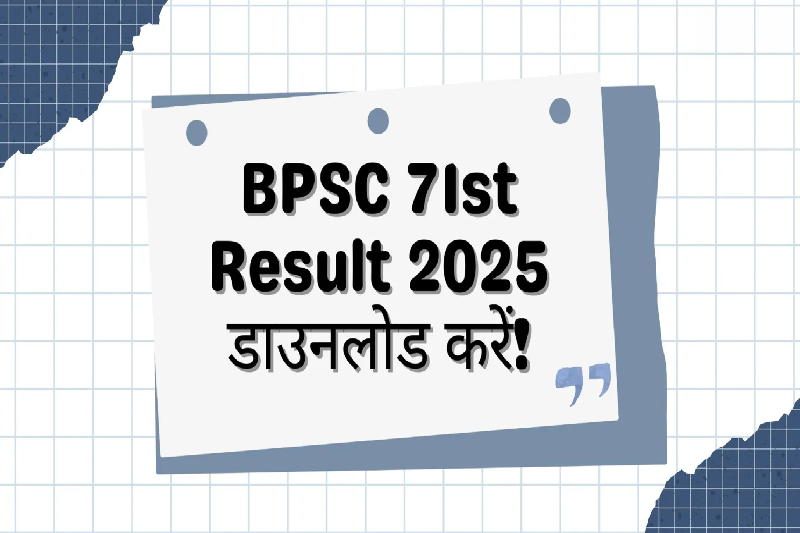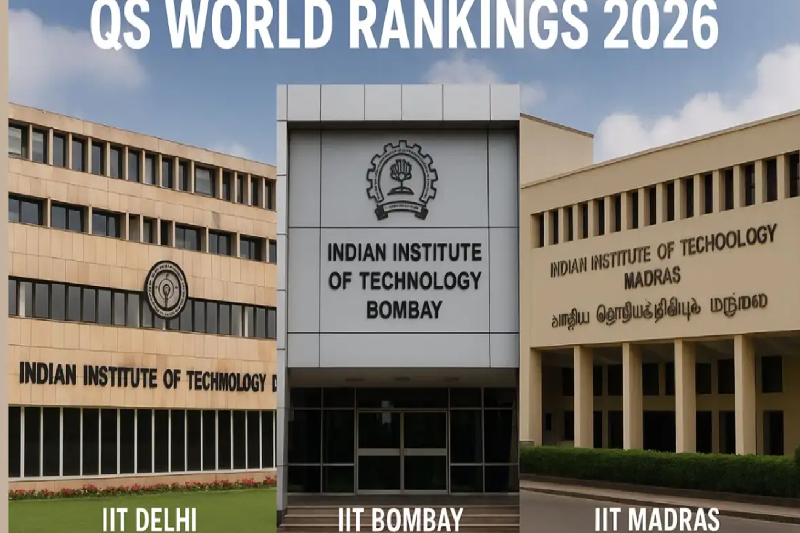
A New Era in Indian Higher Education: Government Proposes Unified Regulatory Body to Replace UGC, AICTE, and NCTE
In a major move aligned with the National Education Policy (NEP) 2020, the Government of India is in the process of drafting a new bill to establish a Higher Education Commission of India (HECI)—a unified regulatory authority that aims to replace three existing higher education bodies: the University Grants Commission (UGC), the All India Council for Technical Education (AICTE), and the National Council for Teacher Education (NCTE). This development was officially shared by Union Minister of State for Education, Sukanta Majumdar, in a written reply in the Lok Sabha.
The Vision Behind HECI
The formation of HECI is rooted in the foundational principles laid out in the National Education Policy 2020, which advocates for a “light but tight” regulatory framework. This approach seeks to ensure transparency, integrity, and optimal use of resources within the higher education system. It also emphasizes public accountability through audits and disclosures, while promoting innovation, autonomy, and good governance within academic institutions.
NEP 2020 calls for a comprehensive reform in how higher education is managed in India. One of its key recommendations is to streamline regulation by establishing a single umbrella body with clearly defined roles and responsibilities. The proposed HECI will include independent verticals focusing on four core functions:
- Regulation
- Accreditation
- Funding
- Academic standard-setting
This restructuring is expected to eliminate overlaps, enhance efficiency, and allow institutions to flourish under a more cohesive and flexible regulatory system.
What Will HECI Replace?
The new Higher Education Commission of India is poised to take over the responsibilities currently managed by the following three statutory bodies:
- UGC (University Grants Commission): Currently responsible for coordination, determination, and maintenance of standards in non-technical higher education.
- AICTE (All India Council for Technical Education): Regulates technical education institutions, including engineering and management colleges.
- NCTE (National Council for Teacher Education): Manages standards and processes for teacher training programs across the country.
By bringing these three regulators under one unified body, the HECI will significantly simplify the higher education landscape, reduce redundancies, and provide a more streamlined and student-centric system.
A Policy Long in the Making
The idea of replacing existing higher education regulatory bodies with a more integrated system isn’t new. In 2018, the Indian government had released a draft bill to replace the UGC with the HECI. The aim of that earlier draft legislation was to repeal the UGC Act and create a more modern and robust regulatory framework. The draft was circulated publicly to collect feedback from stakeholders, but the plan did not materialize at the time.
With the renewed emphasis brought in by the NEP 2020 and Dharmendra Pradhan’s leadership as Union Education Minister since July 2021, the HECI proposal has regained momentum.
Why India Needs a Unified Regulator
NEP 2020 underlines the pressing need for reform in the current regulatory ecosystem, which it describes as fragmented and outdated. The policy document states:
"The regulatory system is in need of a complete overhaul in order to re-energise the higher education sector and enable it to thrive."
Currently, higher education institutions must comply with guidelines from multiple regulators, often leading to delays, confusion, and bureaucratic inefficiencies. A single commission with specialized arms for different functions can bring much-needed clarity, speed, and consistency to institutional governance.
Additionally, this change aligns with India’s broader educational aspirations—of becoming a global knowledge hub that nurtures innovation, research, and talent at par with international standards.
Structural Advantages of HECI
The proposed Higher Education Commission of India will focus on specialized functional verticals:
- Regulatory Vertical: Focused on enforcing minimum standards and ensuring institutional compliance.
- Accreditation Vertical: Dedicated to quality assessments and ratings of institutions.
- Grants and Funding Vertical: Will manage allocation of public funds based on performance and merit.
- Academic Standards Vertical: Responsible for defining and maintaining learning outcomes and curricula.
By separating these verticals, the HECI aims to avoid concentration of power and ensure that each function is performed by experts in the respective domain.
What's Next?
As per the government’s statement, the drafting of the HECI bill is currently underway. Once completed, the bill will be introduced in Parliament for further discussions and approval. If passed, it would mark one of the most significant reforms in India’s higher education history.
While the specifics of the bill and its implementation timeline are yet to be made public, the move is already being hailed by educationists and policy experts as a game-changing reform that could transform the academic and operational efficiency of Indian higher education institutions.
Conclusion: A Defining Moment for Indian Higher EducationThe proposed Higher Education Commission of India is more than just a structural overhaul—it represents a shift towards a more responsive, accountable, and dynamic educational system. If implemented effectively, HECI could resolve long-standing issues of regulatory overlap and pave the way for a more coherent and progressive academic ecosystem. This reform, envisioned by NEP 2020, reflects India’s ambition to provide quality, equitable, and globally competitive education for its growing student population. The coming months will be crucial as the HECI bill takes shape and heads toward legislative approval.



